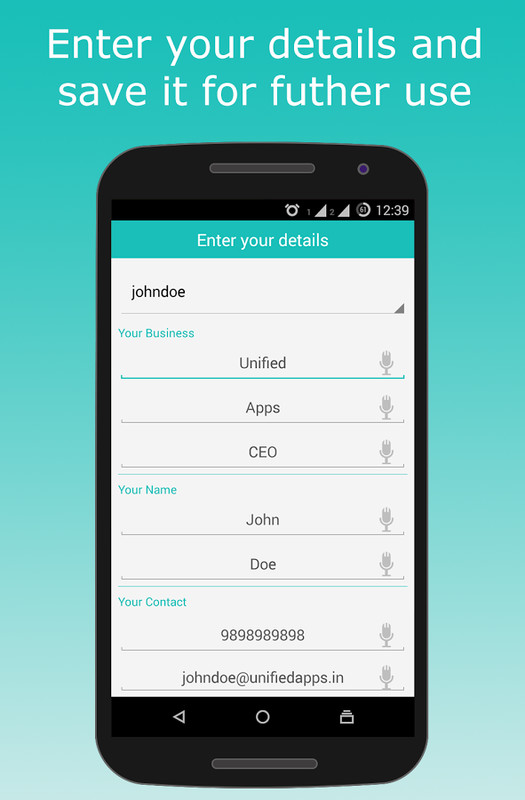

While it's not important to know all the weights and their uses, try to use the heavier end of the scale based on what your printer offers. We measure the density of the paper by bond weight. Make sure you use the same design motif on both sides of the card, be it shapes, lines, colors, or custom artwork.Ī business card is a tactile object, so your choice of paper matters. You can also carry the visual elements from your name card onto the back, where they have more room to stand out. Leave room for the reader's eye to move around the card, and don't pile design elements on top of each other.Ī business card has two sides, whether you choose to print on both of them or not, so why not take advantage of the space? If there isn't any additional information you want to share, then you can use the back of the card as an appointment card. You only need your name, contact info and a bit of visual design to create an effective business card. In a world where the majority of the marketing content we see comes to us online, an actual piece of paper can stand out among all those pixels. But with too much information, they just end up in the trash. Why shouldn't it encompass all the most important things about you, your business, or your employer? Business cards are marketing tools. It's easy to let your imagination get carried away when dreaming up your business card.


 0 kommentar(er)
0 kommentar(er)
